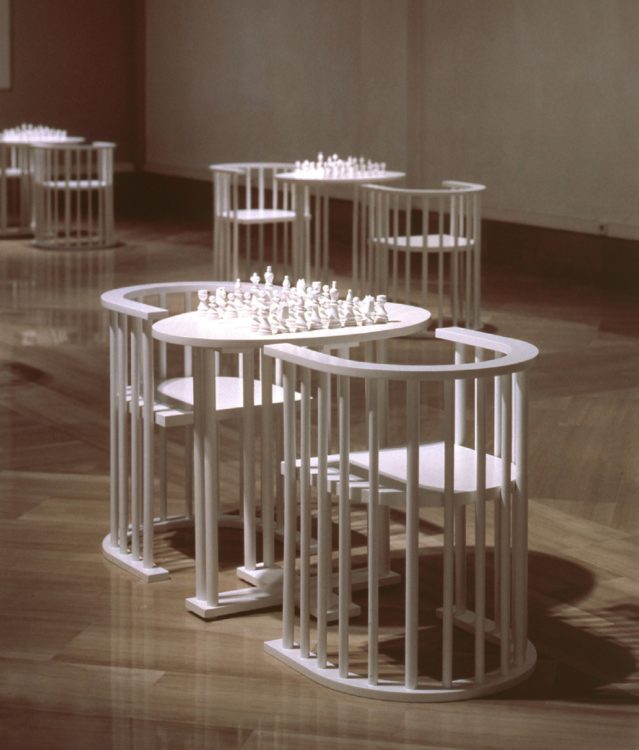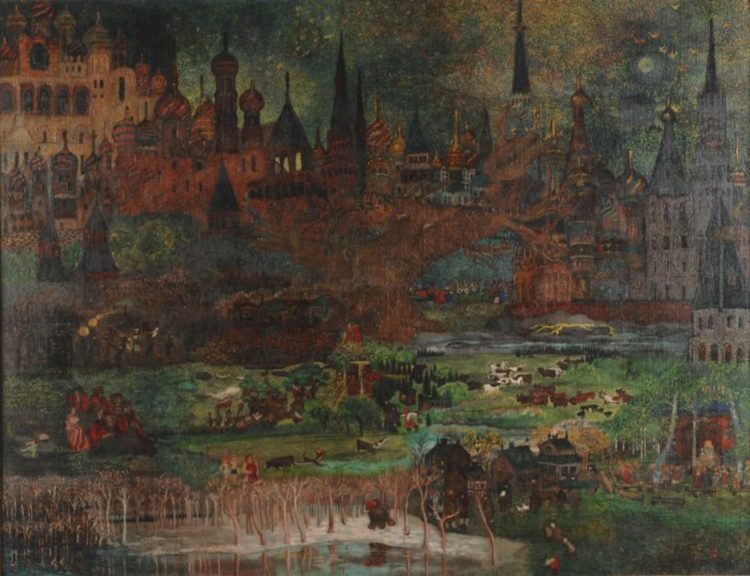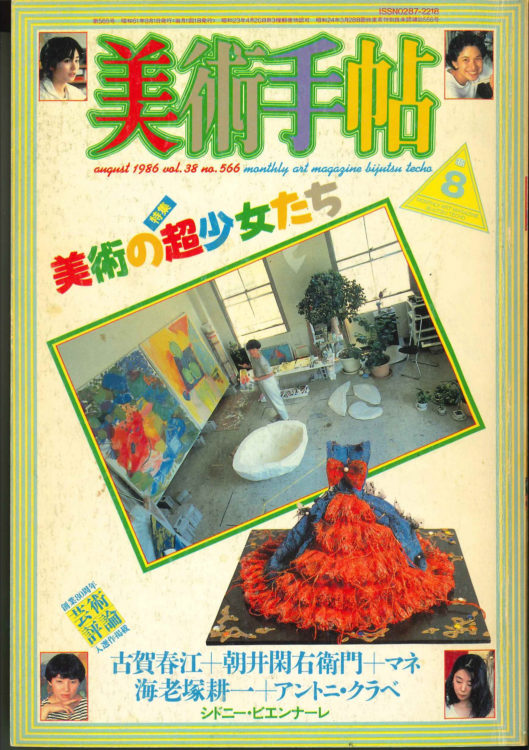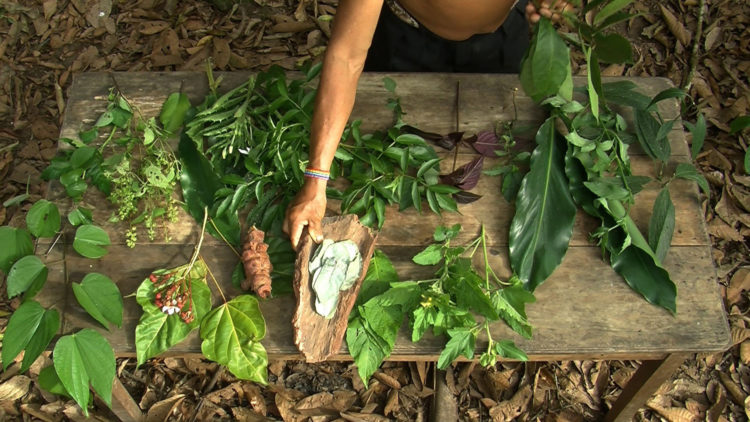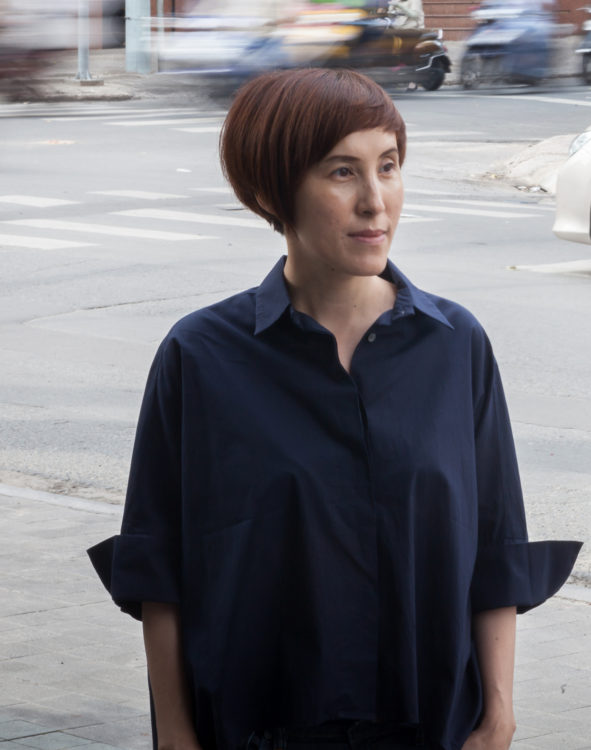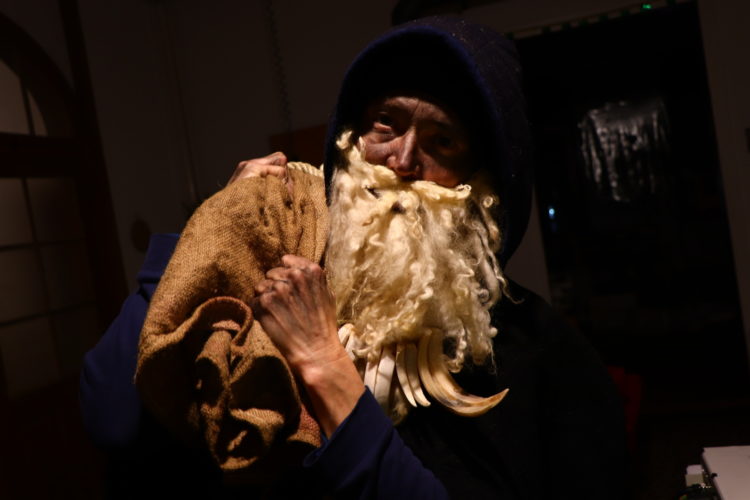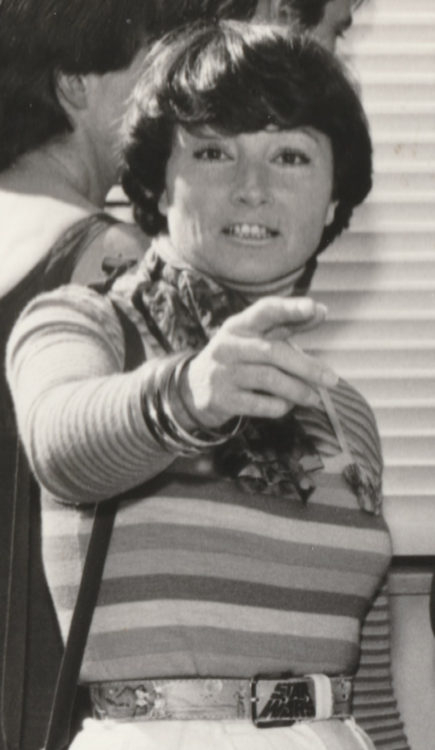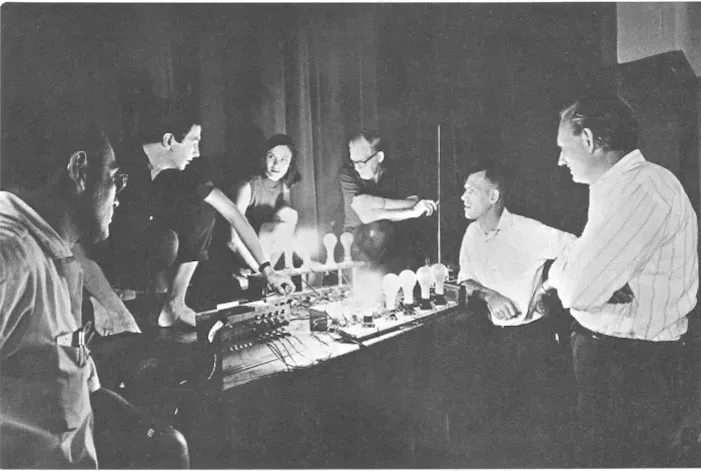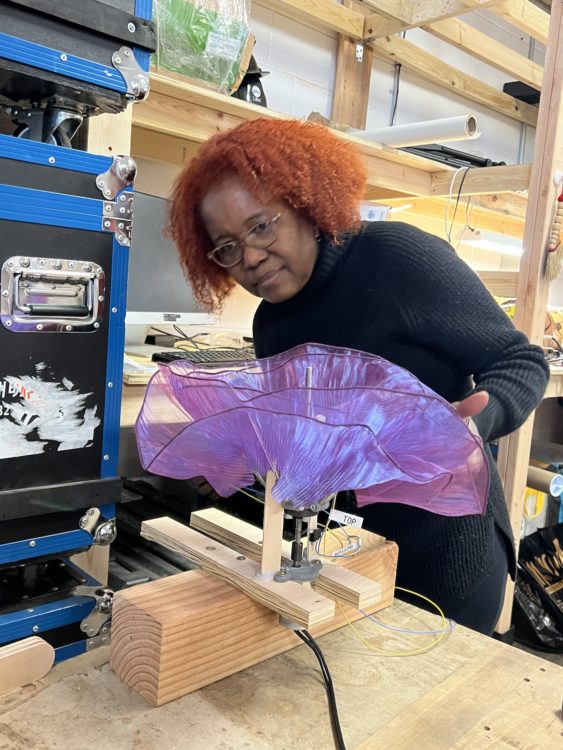Miyori Hayashi
Hayashi, Miyori, Miyori Hayashi Art Collection: MIYORI PROJECT, edited by Miyori Hayashi Project, Suwa: Choeisha, 2011
→Sengo Okayama no Bijutsu – Zen’eitachi no Sugata [Postwar Art in Okayama: The Avant-garde], exh. cat., Okayama: Okayama Prefectural Museum of Art, 2002
Solo Exhibition, Naiqua Gallery, Tokyo, December 1964
→Solo Exhibition, Surugadai Gallery, Tokyo, August 1964
Japanese artist, organiser, director.
Born in Bizen City, Okayama Prefecture, Hayashi enrolled in the Department of English Literature at Notre Dame Seishin University (Okayama City), but dropped out after one year and moved to Tokyo, where she began painting in earnest. After returning to her hometown, she became acquainted with Kiyoshi Takeuchi (1911–2008), who was teaching at Okayama University, and through his introduction, Hayashi was able to show her works at the 2nd A.G.O. exhibition organised by Kazuo Sakata (1889–1956). Sakata had been involved in the Purist movement in Paris during the 1920s, which had been led by Amédée Ozenfant (1886–1966) and Charles-Edouard Jeanneret (Le Corbusier, 1887–1965). During her visits to Takeuchi’s classes, Hayashi also became friends with members of the art department at Okayama University’s Faculty of Education, becoming a member of their avant garde Salon de More group from its second exhibition (1958) onwards, and exhibiting there regularly from that date on. In 1963, she joined the Okayama Young Artists Group, which had developed out of the Salon de More, and continued to participate in the group’s exhibitions.
Hayashi began working on objects as works of art towards the end of the Salon de More, and starting around the time of the second Okayama Young Artists Group Exhibition, in December 1963, she began working on box-shaped sculptures made of wood and cardboard, using different colours for the inside and outside and simple symbols to remind viewers of the relationship between the two. At her solo exhibitions at Surugadai Gallery (Tokyo) in August 1964 and Naiqua Gallery (Tokyo) in December of the same year, she exhibited box-shaped works. Starting with a three-dimensional exhibition announcement, Hayashi would go on to develop this form in multiple directions.
In March 1965, she participated in “Big Fight,” a group exhibition of 39 artists focusing on Neo-Dada at Tsubaki-Kindai Gallery in Tokyo. Hayashi was a close associate of Ushio Shinohara (1932–), the leader of the Neo-Dada movement, as well as Masunobu Yoshimura (1932–2011) and Tomio Miki (1937–1978), all of whom were leading Japanese artists of their time.
Hayashi also became aware of Yoko Ono (1933–) when she returned to Japan between 1962 and 1964, and participated in her performance works Morning Piece (1964–1965) and Cutting Piece (1964) at Sogetsu Hall and Naiqua Gallery. Greatly inspired by Ono’s activities, she acquired a copy of her poetry collection Grapefruit. In view of her longstanding friendship with Mieko Shiomi (1938–), M. Hayashi went on to perform with her and Takehisa Kosugi (1938–2018) at Fluxus Week, directed by Kuniharu Akiyama (1929–1996) at the Crystal Gallery in Tokyo.
Starting in the 1970s, Hayashi exhibited cars hoisted up by cranes, dropped and wrecked by fire in works that she called an EVENT, and carried out conceptual, multifaceted projects. One example is her GREEN REVOLUTION project, which she began working on in around 1971, in which she sowed radish and other seeds from a Cessna airplane and sent instructions on how to sow and grow these seeds by mail.
From the mid-1970s onwards, Hayashi’s practice became more performance-oriented, featuring collaborations with theatre, music and other fields one after another. As a result, she expanded her circle of close associates to include figures such as Yutaka Matsuzawa (1922–2006), Shuji Terayama (1935–1983) and Kosugi. From 1987 to 1997, she organised the Bizen Art Festival, a comprehensive art event in the city of Bizen where she was based, expanding the scope of her own artistic activities as an organiser and director in addition to being a creator.
In parallel with these activities, Hayashi continued to offer art classes for children in her hometown of Bizen City, probably starting in the mid-1950s until the year of her death.
A biography produced as part of the “Women Artists in Japan: 19th – 21st century” programme
© Archives of Women Artists, Research and Exhibitions, 2024







































